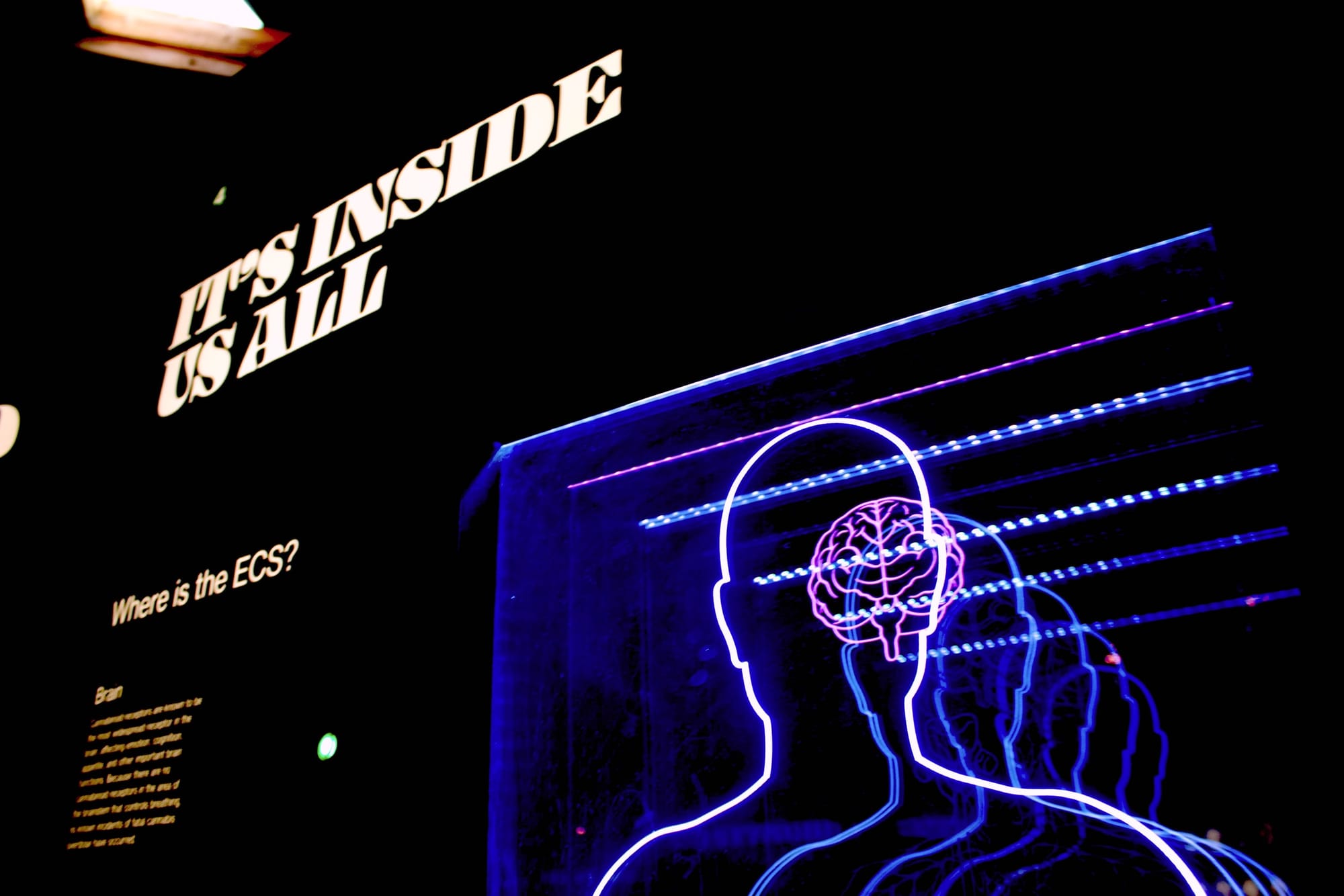How hypnosis work

Hypnosis has proven a powerful method in indications such as pain control and anxiety reduction. As recently discussed, it has been yielding increased attention from medical/dental perspectives. This systematic review (PROSPERO-registration-ID-CRD42021259187) aimed to critically evaluate and discuss functional changes in brain activity using hypnosis by means of different imaging techniques. Randomized controlled trials, cohort, comparative, cross-sectional, evaluation and validation studies from three databases—Cochrane, Embase and Medline via PubMed from January 1979 to August 2021—were reviewed using an ad hoc prepared search string and following the Preferred Reporting Items for Systematic Review and Meta-Analyses (PRISMA) guidelines. A total of 10,404 articles were identified, 1194 duplicates were removed and 9190 papers were discarded after consulting article titles/abstracts. Ultimately, 20 papers were assessed for eligibility, and 20 papers were included after a hand search (ntotal = 40). Despite a broad heterogenicity of included studies, evidence of functional changes in brain activity using hypnosis was identified. Electromyography (EMG) startle amplitudes result in greater activity in the frontal brain area; amplitudes using Somatosensory Event-Related Potentials (SERPs) showed similar results. Electroencephalography (EEG) oscillations of θ activity are positively associated with response to hypnosis. EEG results showed greater amplitudes for highly hypnotizable subjects over the left hemisphere. Less activity during hypnosis was observed in the insula and anterior cingulate cortex (ACC).
Hypnosis is defined as “a state of consciousness involving focused attention and reduced peripheral awareness characterized by an enhanced capacity for response to suggestion,” according to the American Psychological Association (APA) Division 30 [1]. Hypnosis changes the state of consciousness of a person and allows unconscious experiences to become a modified way of looking at reality [2]. Judging by empirical evidence of its effectiveness in clinically diverse fields of application, hypnosis is furthermore described as an amount of biological, cognitive, and social perspectives [3]. In the state of hypnotic trance, control of the consciousness is in the background, modified by attention, concentration and letting go of thoughts while access to the unconsciousness is created [4,5]. Neutral hypnosis involves states of relaxation in which the subject responds only to important or particularly strong environmental stimuli and has reduced perception to peripheral stimuli [1,2]. Increasing activation in the visual center under hypnosis is related to a subjectively perceived degree of relaxation [2]. This means that the degree of subjectively perceived relaxation is usually greater in deep hypnosis than in a light hypnotic trance because the focus of attention on the inner experience is increased, allowing an increased capacity for responses to suggestion [1,2]. Hypnosis illustrates that the intervention modulates attentional control, which modifies emotions and the nervous system and interacts with past experiences in the subconscious. Suggestions during hypnosis can cause dynamic changes in brain activity [6]. Areas responsible for processing cognition and emotion show greater activity during hypnosis, as well as hypnosis-induced changes in functional connectivity between anterior cingulate cortex (ACC) and the large neural network [4,7]. Dynamic changes and connectivity in brain activity occurs not only during suggestion of analgesia but also naturally in the awake state
If you want to read the full article click on the link below:
https://www.ncbi.nlm.nih.gov/pmc/articles/PMC8773773/#:~:text=Hypnosis%20illustrates%20that%20the%20intervention,in%20brain%20activity%20%5B6%5D.


